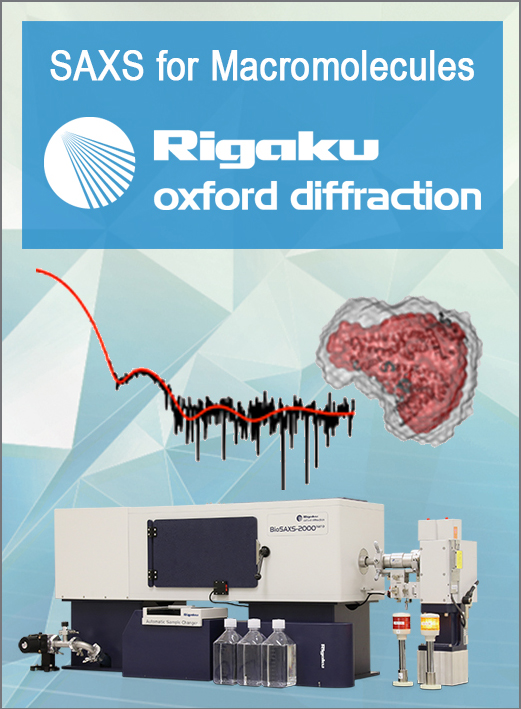


Research news
Hydrophobic dipeptides: the final piece in the puzzle
![L-valyl-L-leucine acetonitrile solvate [L-valyl-L-leucine acetonitrile solvate]](https://www.iucr.org/__data/assets/image/0006/136986/aw5008fig3.png)
The results from ab initio structure prediction programs have demonstrated that any organic molecule has the potential to interrelate with its siblings in a number of different ways, the observed crystal structure representing an energy minimum where the contributions from various types of intermolecular interactions have been carefully balanced. Systematic investigations of molecules that share one important moiety/feature provide valuable experimental data for the understanding of this balance and for rationalizing important trends, even among other sets of compounds. Amino acids constitute an attractive group for such a survey, with a common polar head and a variable side chain. Crystal structures of more than 120 regular acyclic amino acids have been published in the past, meaning that the 20 proteinogenic amino acids represent but a minor fraction of the experimental material. However, if these amino acids are used to construct dipeptides, they alone leave 20 x 20 = 400 different options. As of June 2018, crystal structures are only available for 104 of them.
Hydrophobic dipeptides are a subgroup of particular interest. These are based on combinations of the five non-polar amino acids alanine (Ala), valine (Val), isoleucine (Ile), leucine (Leu) and phenylalanine (Phe) only, meaning that hydrogen bonds are essentially limited to connecting the constant parts of the molecules (i.e. the peptide main chains). Therefore, any change in the crystal structure upon amino acid substitution can be attributed to the side chain.
The crystal structure of Val-Leu acetonitrile solvate presented in Görbitz (2018. Acta Cryst. B74, 311-318) is the 25th and final missing piece in the 5 x 5 puzzle of hydrophobic dipeptide structures. This 'completion event' is used as an opportunity to review their crystal packing arrangements and hydrogen-bonding pattern preferences, the associated peptide conformations and the sometimes unexpected impact a seemingly modest amino acid substitution can have not only on the crystal structure but also on the propensity to include co-crystallized solvent molecules.
Copyright © - All Rights Reserved - International Union of Crystallography




